Shitsurindo and ZOZO NEXT Launched Collaborative Research on New Lacquer Techniques
KOGEI Topics VOL.19
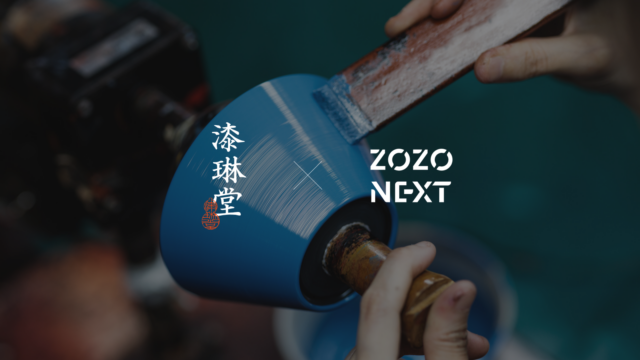

VOL.1-19
Update
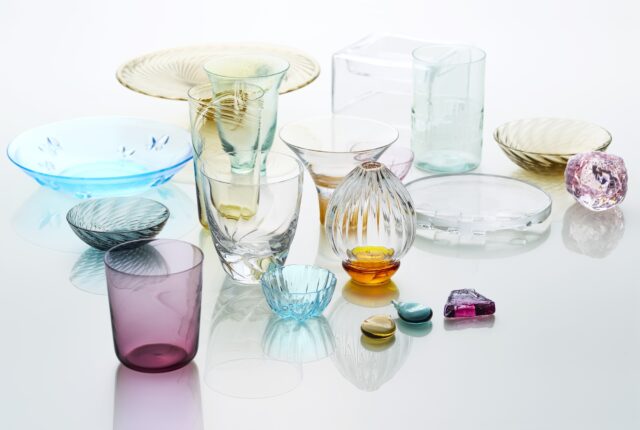
VOL.1-17
Update
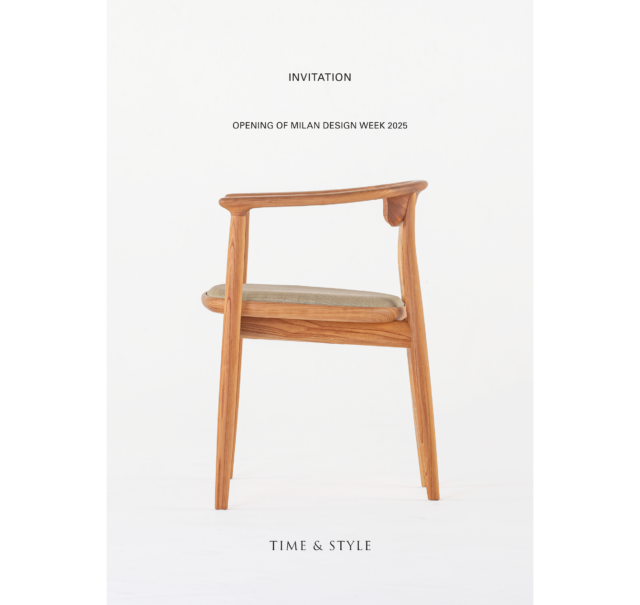
VOL.1-43
Update
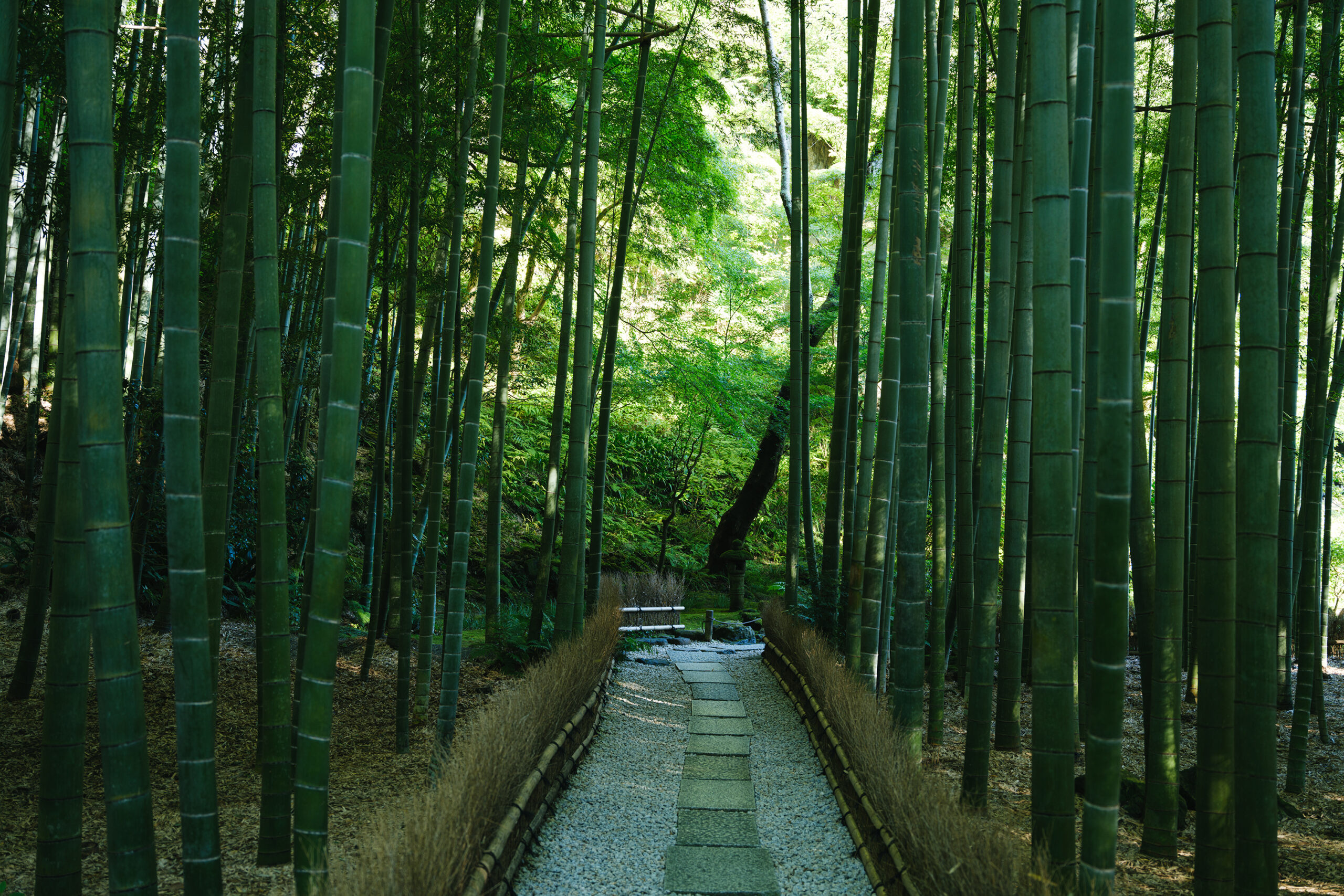
VOL.1-2
Update
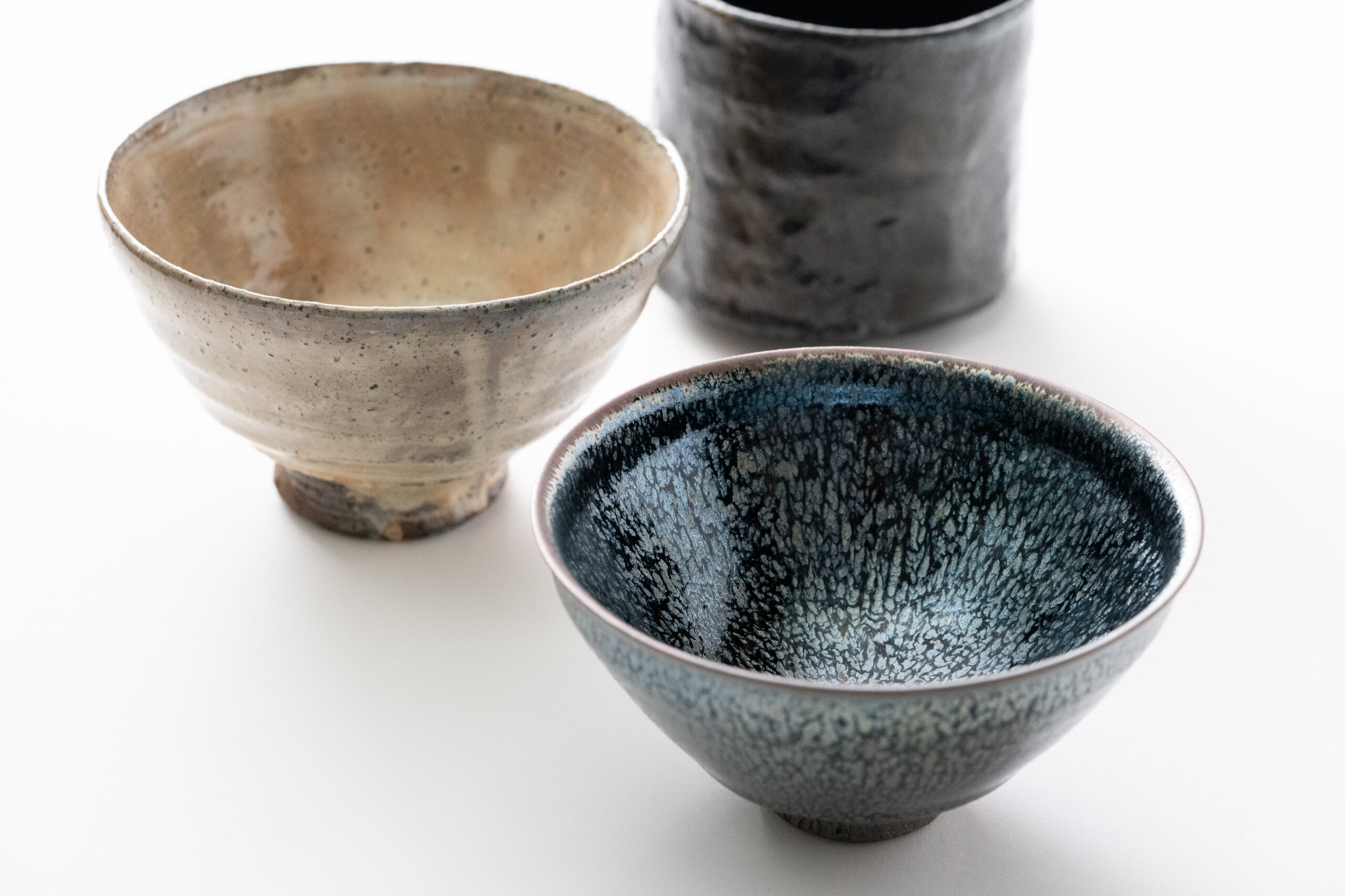
VOL.1-3
Update

VOL.1
Update
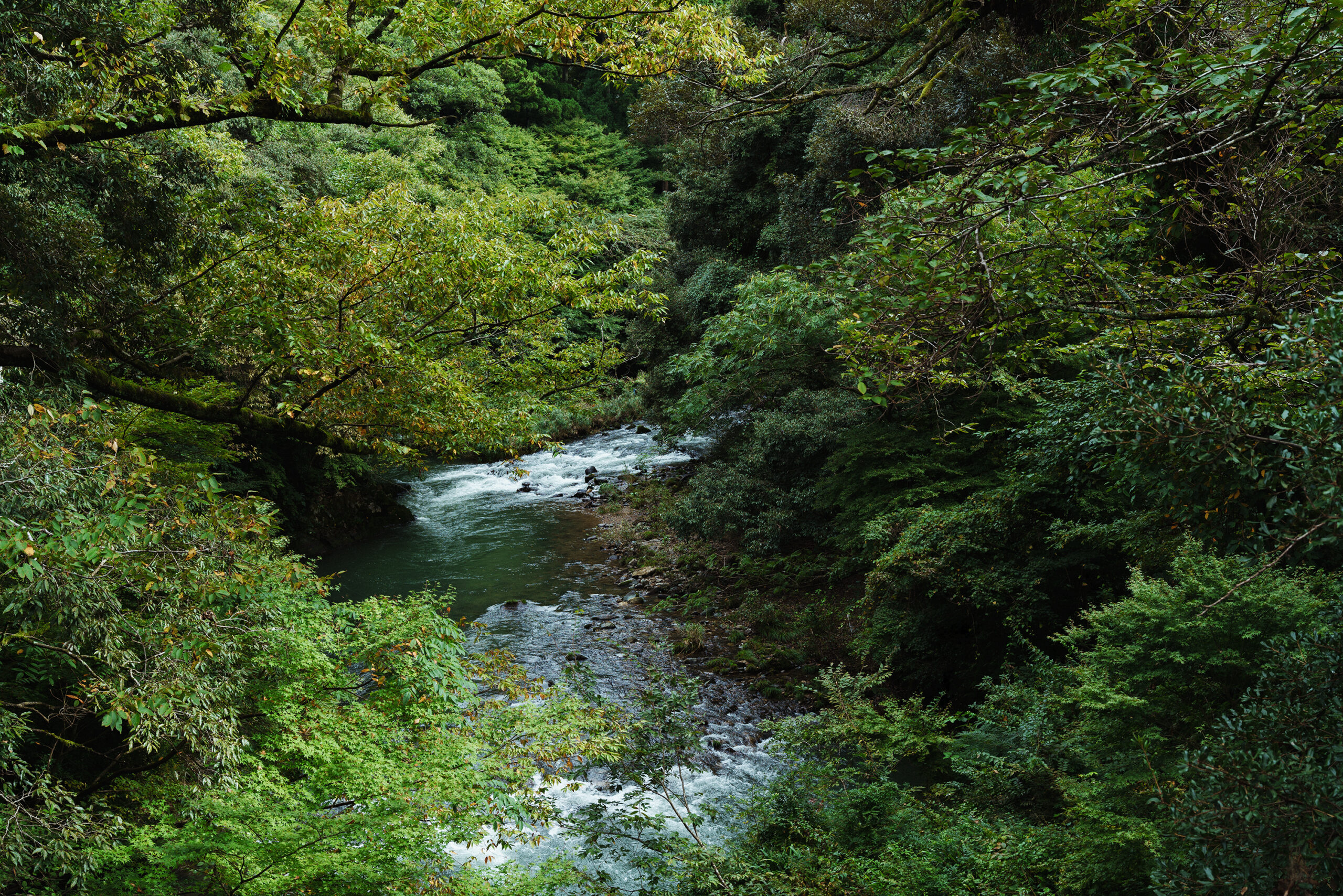
VOL.1-7
Update
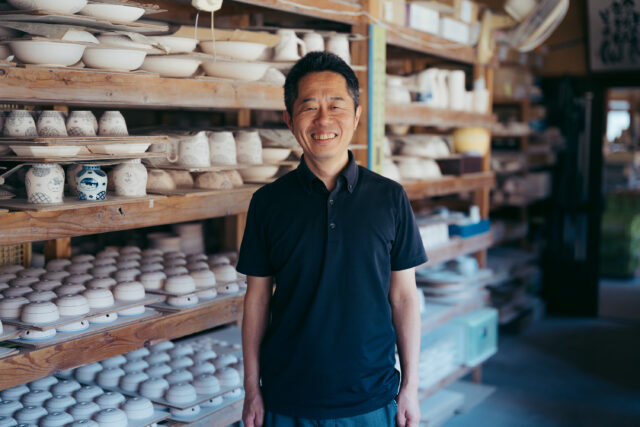
VOL.1-32
Update
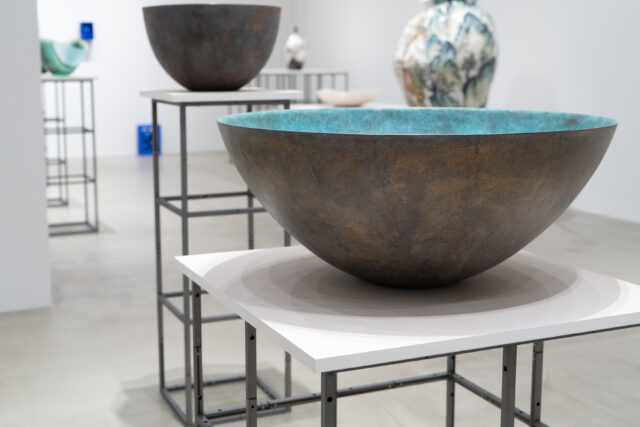
VOL.1-26
Update
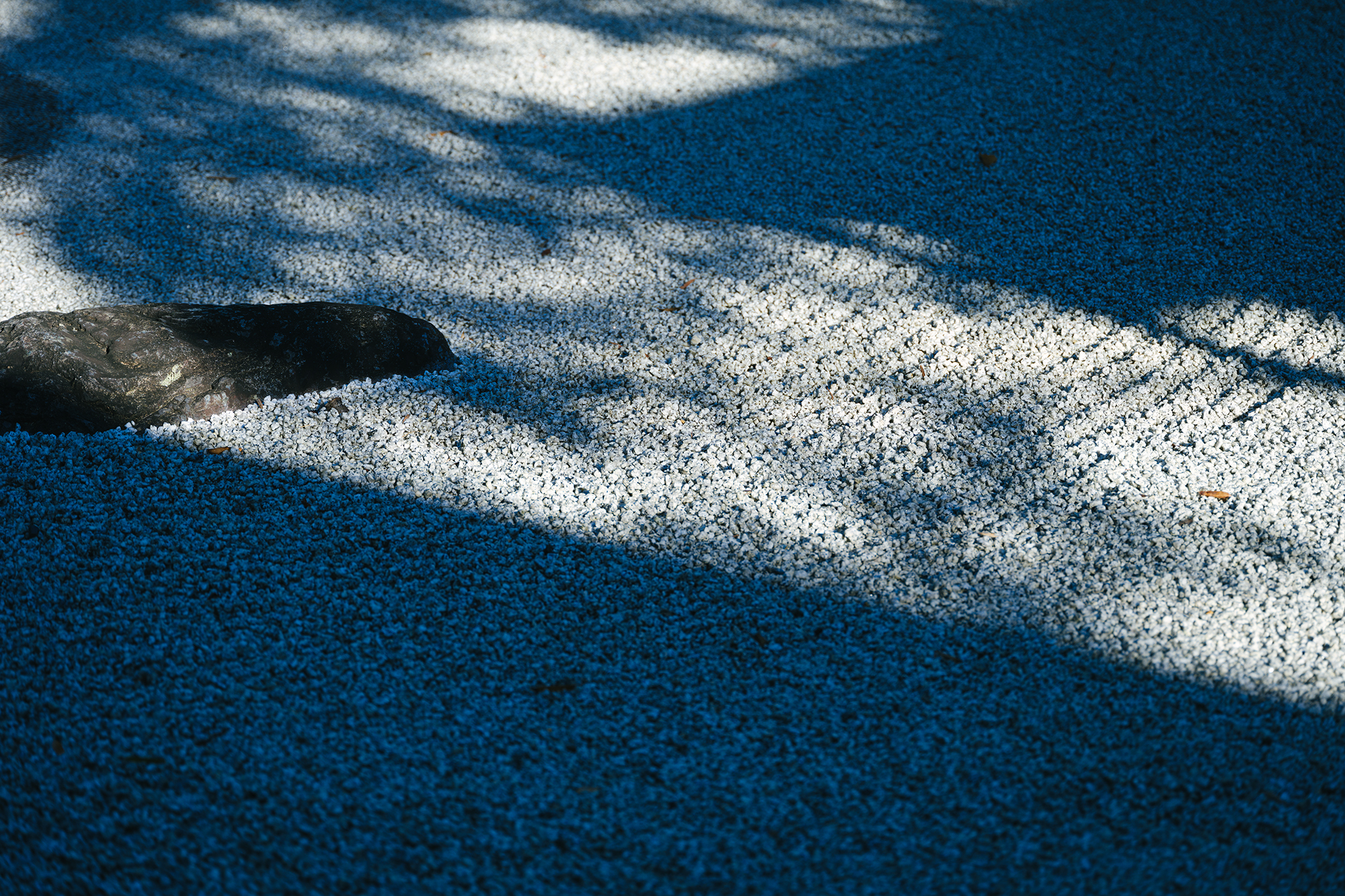
VOL.1-12
Update
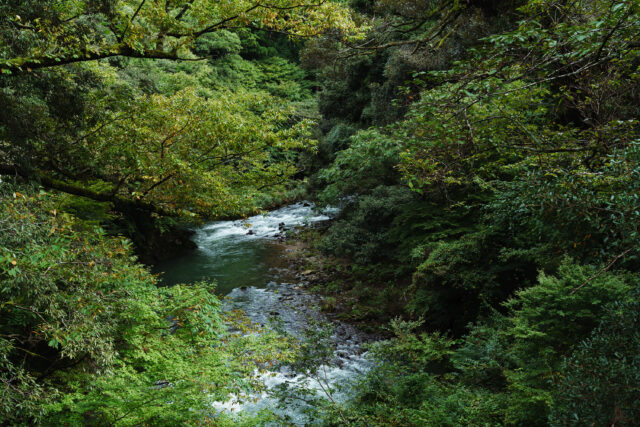
VOL.1-3
Update
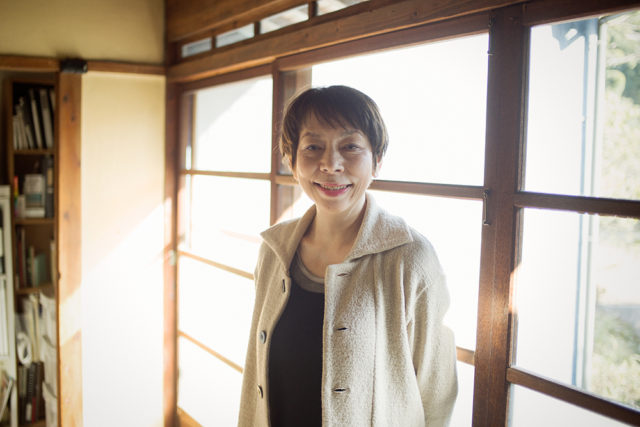
VOL.1
Update
We share a variety of information and perspectives on Japanese crafts, including exhibition information and interviews.
KOGEI Topics VOL.19
New Products VOL.17
Featured Exhibitions & Events VOL.43
KOGEI Topics VOL.18
Apr 5 – Jun 22, 2025
SEIKADO BUNKO ART MUSEUM
Apr 8 – May 6, 2025
The Gotoh Museum
Apr 11 – Jun 15, 2025
Kyoto City KYOCERA Museum of Art
Apr 12 – Jun 29, 2025
TOGURI MUSEUM OF ART

Fukuju-Kiln was founded in Arita, Saga Prefecture in 1955. The first generation, Kiyota Fukuda became independent as a ceramic painter from Koransha which was one of the traditional potteries in Arita. Initially, he had specialized in manufacturing chopstick rests. A few years later in the 1960 ‘s, he began to make plates and bowls and started researching early Imari-style glazes and paintings in order to pursue his own expression. During the time of Mr. Masao Fukuda, the second generation, he established his unique style and created many popular items that had continued to be produced till today. Currently, they are known as a versatile manufacture producing a wide range of products from professional-use to household goods.
In Fukuju-Kiln, the entire process from casting to hand-painting are all done in-house. In particular, the soft texture of blue and white porcelains called “sometsuke” with bleeding of pigments is the most important to them. Expressing the inherited traditions, they use a glaze called “isubaiyu” which is characterized by its smooth texture and was used on Imari wares during the Edo period. Also, “mushikui” or “bug eaten” which is an effect of the glazed coming off that resembles it being eaten by insects. Through these expressions of “unfinished beauty” they hope to give people a feeling of warmth.
Among their numerous works, the longest running classic patterns are “maru-mon (circle patterns)” and “tenkeikacho-mon (flowers and butterflies patterns)”. Also getting pattern ideas from antiques, Fukuju-Kiln with their skillful painting techniques aims to create products that transcends time. The “Ginsai Sometsuke” series is a new style that was created by Mr. Yusuke Fukuda, the current president in order to preserve their painting techniques. The contrast between gosu (blue pigment) and silver is beautiful, and the plate utilizing this technique won the grand prize in “Arita International Ceramics Competition 2018”. Fukuju-Kiln’s painting techniques which exudes a traditional atmosphere is their cornerstone which can bring hope for the next generation.
